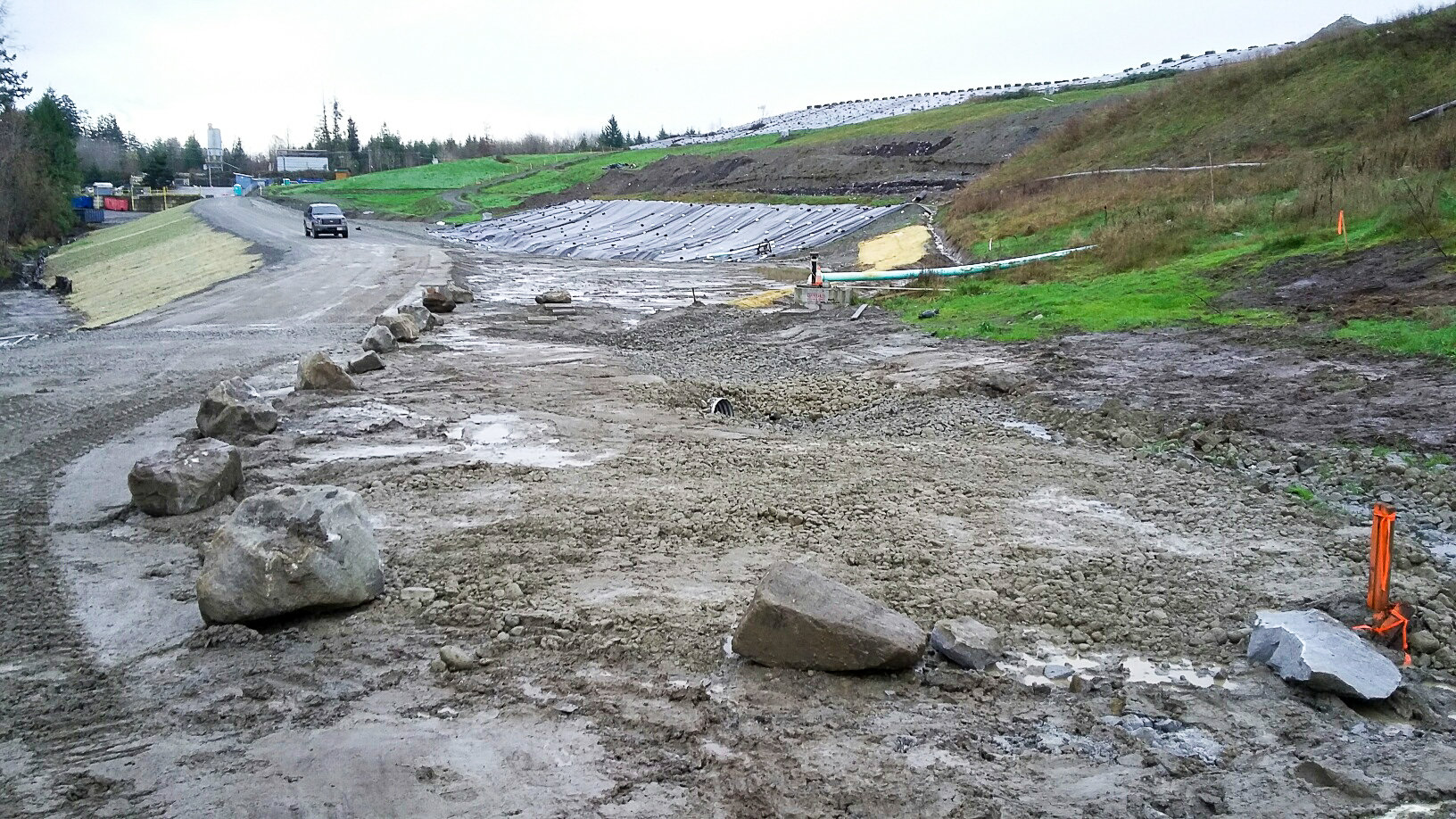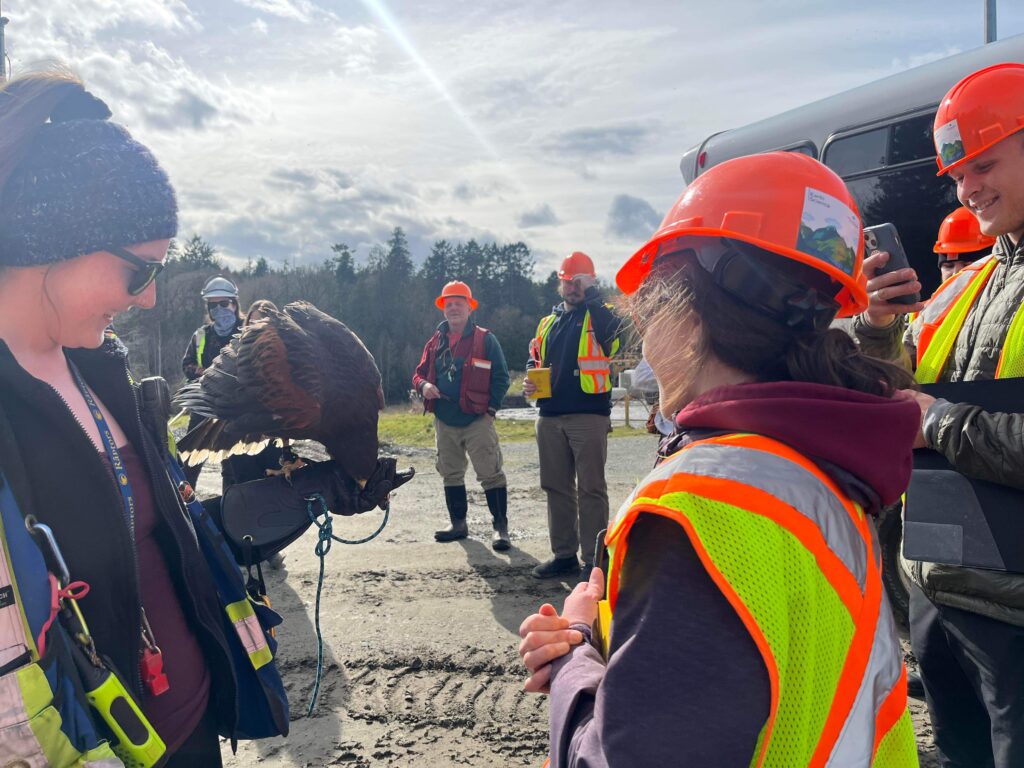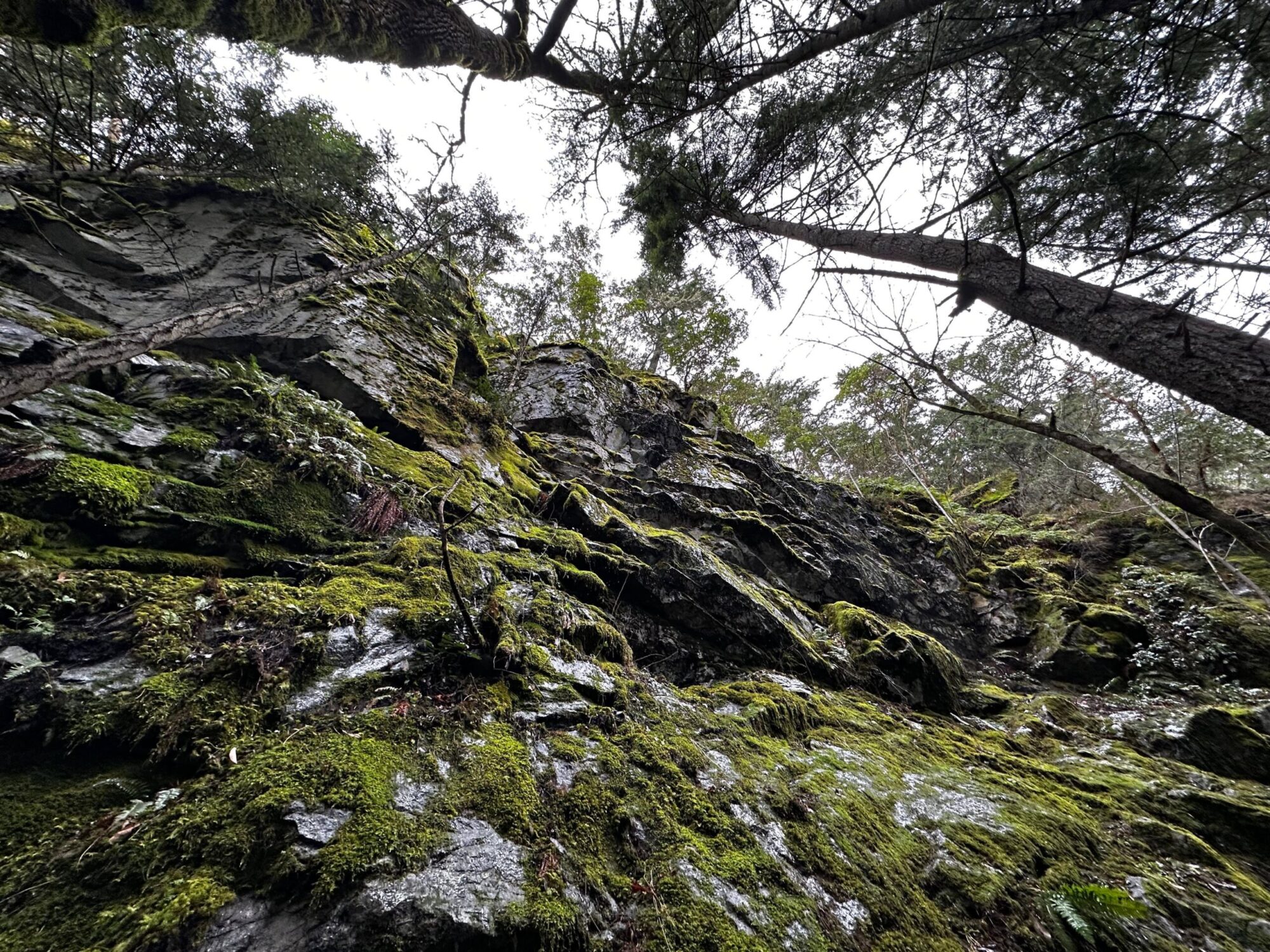
Fifth Field Trip
March 13th 2024
Introduction
On March 6th 2024, students from the Environmental Geology class at Vancouver Island University visited the Regional District of Nanaimo Landfill, in Nanaimo (B.C.). During the visit, the daily temperature was 7 ℃ and the sky was cloudy. The goal of the field trip was to better understand the management and operations of the landfill, to better understand about the processing of solid wastes. The group was supervised by Professor Tim Stokes, and an environmental technician at the Nanaimo Landfill named Chad facilitated the visit at the site.
Background
The Regional District of Nanaimo (RDN) provides regional governance and services to more than 155,000 people on Vancouver Island’s central east coast. In the next ten years, the population is expected to quadruple. The RDN covers a 207, 000 hectares with communities that include the municipalities of Nanaimo, Lantzville, Parksville, and Qualicum Beach, as well as seven unincorporated Electoral Areas (Regional District of Nanaimo, 2024).
There is a requirement by the Provincial Environmental Management Act to develop a Plan — a long-term vision — that defines how the regional district manage its solid waste, including waste diversion and disposal. The RDN got its first plan in 1988, with updates in 1996 and 2004, and has tracked its waste disposal since the 1980s. Since then, residents have reduced, recycled, diverted and composted their waste by more than 68% that was otherwise destined to landfill (Regional District of Nanaimo, 2024).
The new target of the Regional Solid Waste Management Plan (SWMP) is to keep 90% of waste out of the landfill by 2029. This target equal to the average person throwing away 109 kg of garbage per year, and currently the average residents are throwing away about one-third of what they were in the 1980s — 347 kg/capita/year in 2014 compared to 1,084 kg/capita per year from 1980s (Regional District of Nanaimo, 2024).
Notes and Observations
At the landfill, the first processing step is separation of the waste to appropriate landfill cells, and wood crushing. Machinery removes metal from the waste piles and metals such as steel is sent to private companies for further processing. Garbages going into the landfill cells are covered up by steel plates and dirts, and legally the slopes of the garbage piles needs to stay at a slope of 3 to 1 with 58 m of maximum elevation above sea level. Once the waste cells have been crushed to an acceptable slope and covered up, plastic black tarps are installed on them.
The Nanaimo Landfill is affected by a temperate climate with rainy winter, with large quantity of mud interacting with the waste cells and greater production of methane (CH4) in comparison to drier climates. Below the landfill there are abandoned coal mines, and some are filled with decades old waste materials. The most negative wildlife interaction with the wastes are seagulls, to counter this problem bear bangers, cracking noises and prey birds are used.

Figure 1. A brave student getting close to an hawk.
The waste produces 40% of CO2 and 60% of CH4, and CH4 flaring takes place at the landfill to reduce greenhouse gases emission. Methane (CH4) is 86 times more potent in comparison to CO2, and flaring reduce its potency into the atmosphere, by burning it to produce CO2 instead. Fortis is interested into using those gases to produce power energy but at this time those are not used to generate power. To collect the gases, vertical and horizontal wells are installed into the waste cells. Wells are filled with clay to create a buffer and avoid interaction with O2, and some of those have a pump to draw the leachates out of the wells to reduce soils and water contamination.

Figure 2. Students listening eagerly during the bus tour of the landfill.
Conclusion and Recommendations
To increase the space capacity of the landfill, trial shredding and compacting of waste materials is currently being done, so far a reduction in volume of 10% to 20% is observed. Garbage shredders are expensive (millions of dollars) which is to be taken into consideration if choosing to incorporate this technique to process wastes, on a long term basis. The population served by the Nanaimo Landfill is likely to increase, and the public must be better educated about the recycling of plastic and microfibre to further reduce the quantity of wastes, for the region.
References
Regional District of Nanaimo. (2024). Regional solid waste management plan (SWMP). Retrieved from https://www.nanaimo.ca/city-services/garbage-recycling/zero-waste-initiatives/regional-solid-waste-management
